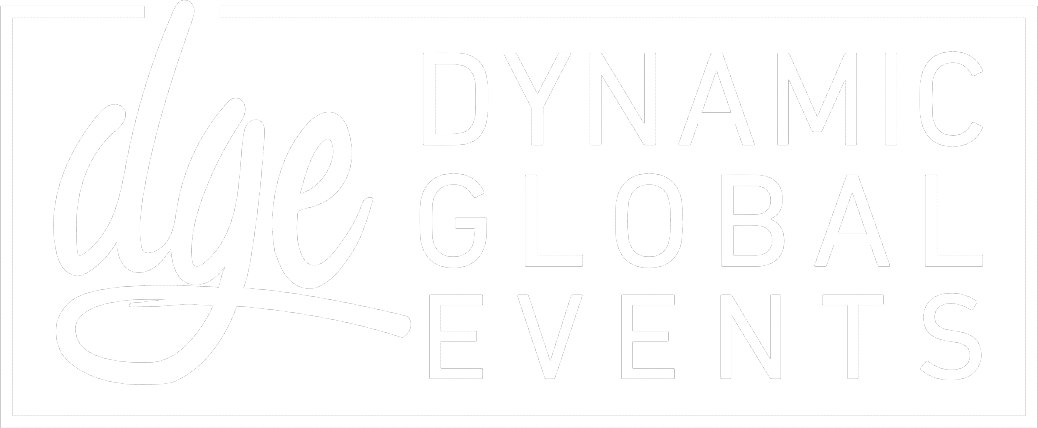Collaborating between REMS and global risk management functions is crucial to ensure consistency and reduce burdens when establishing a product risk profile and corresponding risk management programs. Learn how to effectively remain constant, standardized, and keep the burden down – and apply a robust, standardized global risk management strategy.
- Develop a comprehensive risk management plan and implement it globally
- Create a strong risk management system that ensures product safety while minimizing burdens
- Understand the regulatory requirements and similarities in US REMS, EU RMP, and additional risk minimization measures (aRMMs)
Maintaining compliance and quality management in post-authorization safety studies is critical for enhancing patient safety, optimizing the benefits of medicines, and minimizing associated risks. Your team members must be prepared to implement quality management plans, monitor and report adverse events, and analyze drug utilization and risk management measures.
- Develop and implement efficient compliance and quality management plans
- Evaluate the effectiveness of additional risk management measures
Explore the critical intersection of REMS and PV in a shared REMS system, with a focus on promoting drug safety and minimizing risks to patients. Gain insights into the importance of coordination and collaboration between REMS and PV teams, strategies for overcoming key challenges in implementing a shared REMS, and best practices for optimizing its effectiveness.
- Grasp the role of REMS and PV in a shared REMS system and the importance of coordination
- Identify and overcome challenges such as communication barriers and regulatory compliance
- Optimize effectiveness, including monitoring and evaluation strategies, stakeholder engagement, and risk mitigation
PV and REMS inspections can be highly regulated; therefore, it is paramount for stakeholders to be prepared for audits, including remote audits. Maintaining up-to-date training and compliance procedures for regulated and non-regulated inspections is crucial for getting through audits.
- Prepare for PV and REMS inspections
- Ensure all stakeholders are properly trained at all times for audits
- Meet all regulatory requirements through continuous training and monitoring processes
To quantify the success of REMS assessments, it’s crucial to identify the factors that are likely to impact success or failure and establish measurable objectives. According to the FDA, REMS assessments show that HCPs' knowledge rate is ~80% for critical information, while other groups score under ~50%.
- Examine the FDA’s knowledge rate and quantify assessments when discussing REMS
- Design the criteria for program success based on scientific data from outcomes and indicators
- Discuss if metrics should be absolute numbers, percentages, or a measured trend over time
REMS Sponsors must have a better understanding of their regulatory, outsourcing and cross-functional needs and requirements which includes an expanding vendor pool to help mitigate risk.
- How to select suppliers per your needs and responsibilities
- Assessing the current REMS supplier landscape
- Are there new partnership models to explore?
- Are there new vendors or consultancies emerging in our space?
Completing REMS requirements is commonly acknowledged to be a burden on prescribers, pharmacies patients, and other stakeholders. While FDA initiatives are underway to address this burden, currently available technologies can solve for many of the REMS pain points, such as separate logins for every program, lab and patient status form requirements, high use of paper-based forms and faxing, and REMS-driven delays to prescription fulfillment.
- Understand why REMS requirements are largely outside of stakeholders’ workflows today
- Explore how prescribers can access REMS within EMR systems and auto-fill forms
- Discuss solutions for leveraging REMS fields within the NCPDP SCRIPT Standard to put REMS information into pharmacy management systems (PMSs) without one-off API bridges
- Understand how technology can be used in REMS contact centers to reduce the number of live agents needed, improve call records, and process faxes into the REMS database as they are received
Join us as we address the 'elephant in the room' and perform a deep-dive into the potential of AI & Automation playing a pivotal role in determining and mitigating risk within the pharmaceutical industry. This session will explore how AI & Automation can reshape safety data collection and safety reporting, helping to create information for focussed REMs and RMPs; design risk assessments; perform risk prioritisation; facilitate improved signal detection and analysis activities; enable early identification of potential risks, and improve overall decision-making for drug safety functions. The integration of AI & Automation into existing systems and its benefits will also be discussed, underlining its role in enhancing compliance, streamlining reporting timelines and costs, and achieving comprehensive risk management.
The elephant in the room is automation versus manual case processing – are you ready to acknowledge its potential for bringing a safer and more efficient pharmaceutical landscape?
- Delve into how AI & Automation can reshape data collection, safety reporting and risk assessments, whilst also enabling customised REMs and RMPs.
- Discover how these technologies facilitate improved signal detection, analysis and early identification of potential risks.
- Learn how AI & Automation enhances overall decision-making for drug safety functions and ensures proactive risk mitigation.
- Understand the benefits of integrating AI & Automation into existing systems – from enhancing data accuracy and compliance to streamlining reporting timelines and costs.
- Recognize the 'elephant in the room' and unlock the transformative potential of AI & Automation in redefining risk determination and mitigation within the pharmaceutical industry.
REMS is a strongly value-based setting, enabling the pursuit of value-based healthcare. This is crucial at a time when healthcare is transitioning away from a more volume-based model.















